Journal

January 18, 2023
Getting it Right the First Time
Why it’s smart to hire a kitchen designer at the start of your renovation project.
We ask a lot of our kitchens. We spend more waking time in them than any other room in the house and we demand they serve multiple overlapping roles throughout the day. They not only need to provide adequate space for storing, preparing, and serving food, we want them to be beautiful, to elevate their modern role as a place to gather, relax, dine, and socialize. As any designer with experience in designing kitchens knows, getting that balance right isn’t easy.
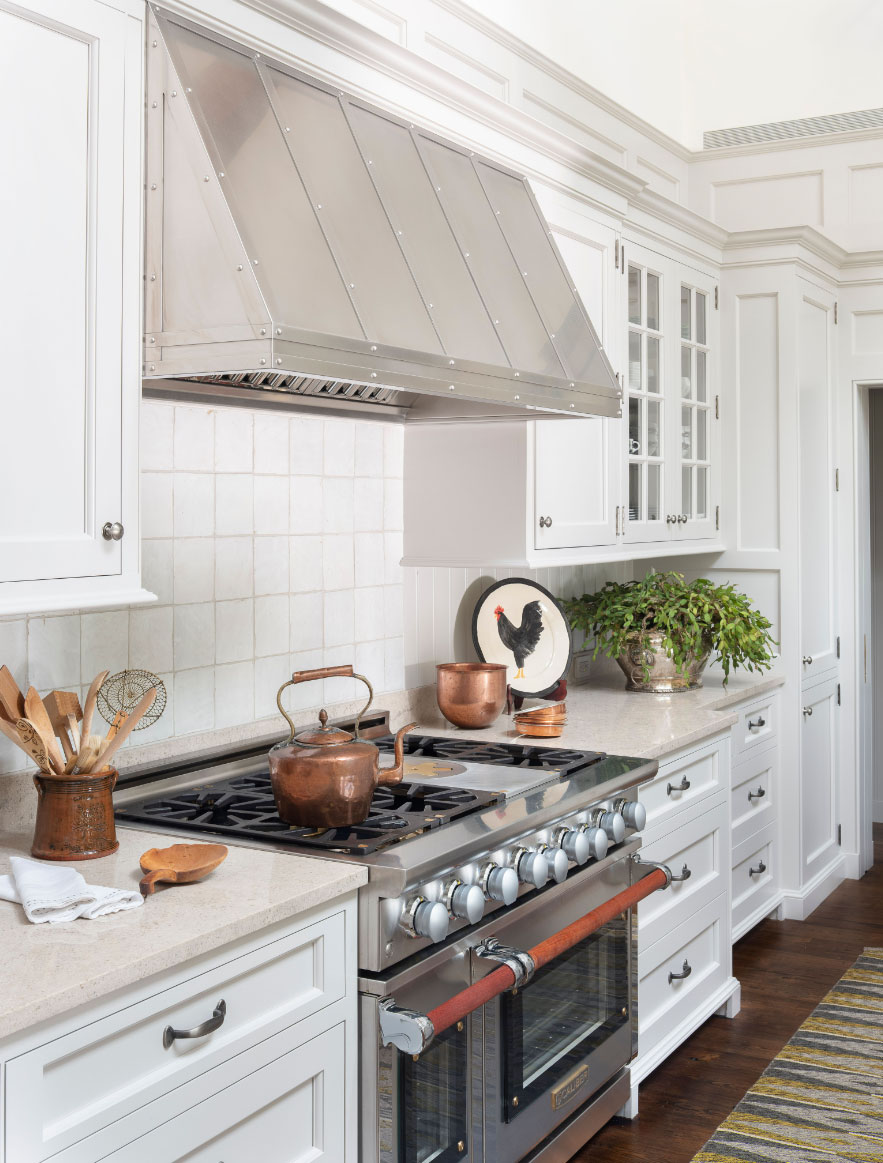
Sarah Blank is the founder of Sarah Blank Design Studio in Greenwich, Conn. She has built a thriving 40-year business designing and executing award-winning kitchens. She knows better than most the multiple roles modern kitchens are tasked with performing. And that in addition to being the hardest working rooms in the home, designing them so they work correctly requires skill and experience.
“Kitchen and bath designers are interior designers who have specialized,” Sarah says. “We focus on practical function and the workability of these spaces more intently than other designers.” She notes that she has collaborated successfully with dozens of architects and designers who value her approach and specialized body of knowledge. “Kitchens are impacted like all rooms are by the interior placement of walls, the size and placement of windows, sun exposure, and the like. We then layer in a whole other set of concerns and considerations,” she says. “Getting a kitchen and bath specialist involved before the project gets underway is always a good move.”
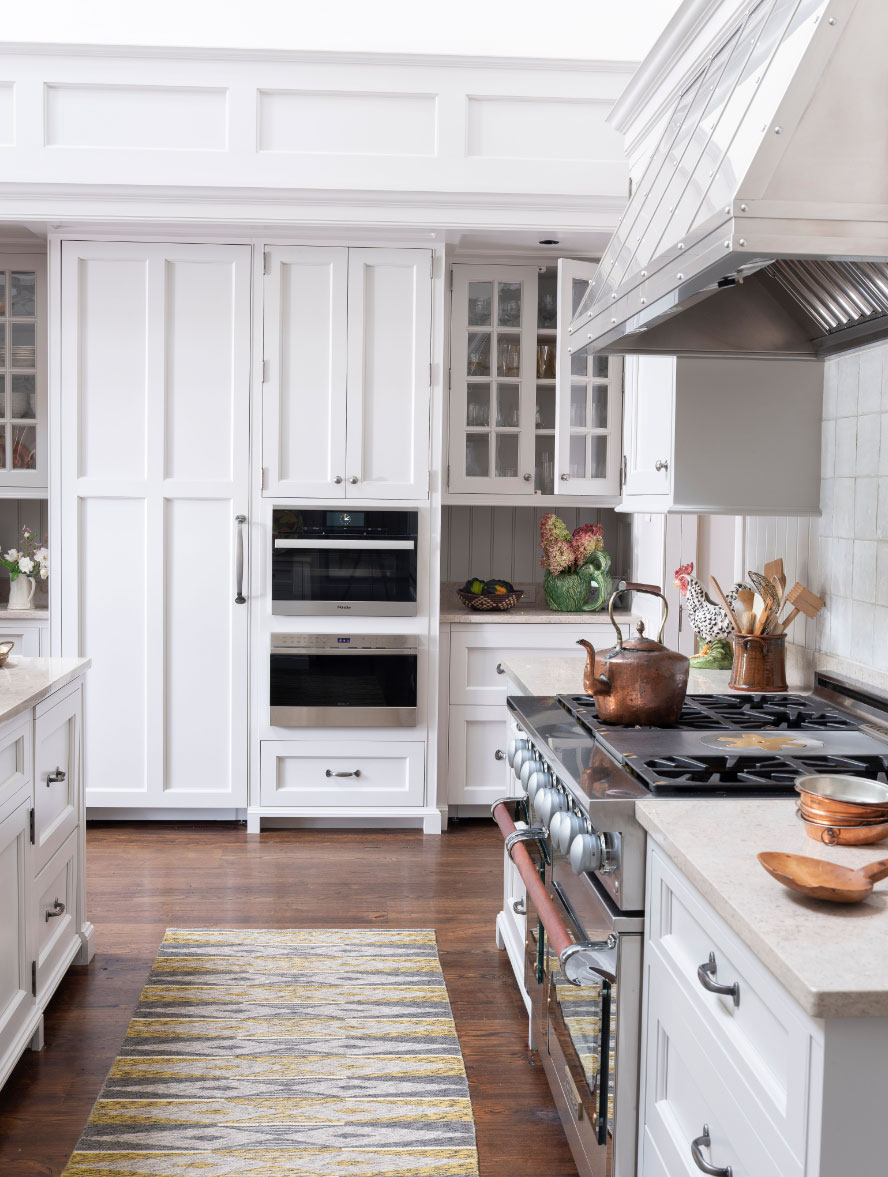
Working on a whole house project of which the kitchen is part allows Sarah to collaborate with designers and architects in ensuring the kitchen matches the rest of the house in tone and style. “Kitchens are complex,” Sarah says. “Where appliances are positioned relative to the sink and relative to each other matters. Can working spaces comfortably accommodate several people; where might traffic jams occur; how wide should pass-through space be; how large and deep should the sink be, these are all part of making spaces work for the people who live in them.”
And these are not just aesthetic questions. “Creating kitchen spaces that work also means understanding the relationship of the kitchen to surrounding rooms. The back-of-house layout is important to get right from the start,” she says. “The kitchen is really at the center of a working system of rooms that support each other—the dining area, larder, the butler’s pantry, the Costco closet, they all figure in—and they’re all important to the success of the space.”
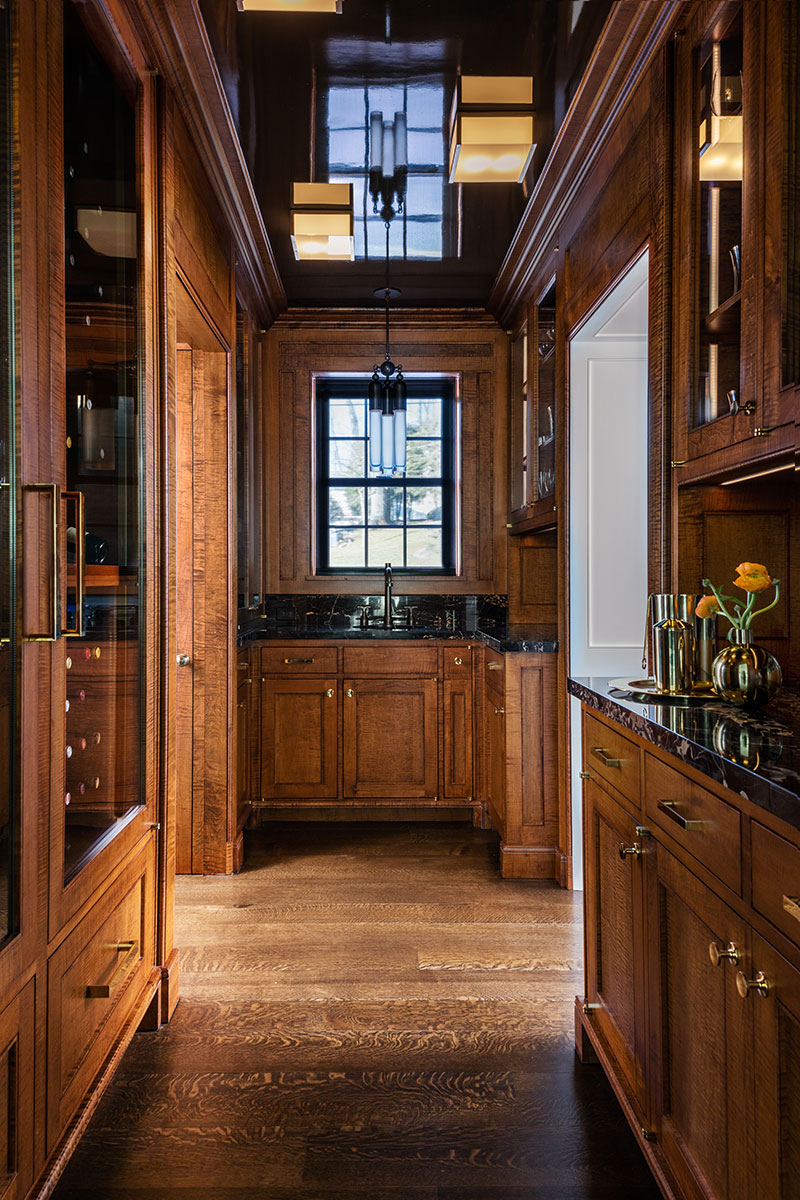
Getting the mechanics of kitchen design to work properly together takes skill and experience. Appliances have to fit precisely into the cabinet spaces provided for them. Counters have to precisely the cabinets they cover. And nothing about designing a kitchen is simple. Every choice impacts every other. “Plumbing placement, electrical outlets, gas lines, venting, air circulation, heating and cooling, these are one set of variables. Appliances, fixtures, and lighting are another. Work flow, storage, ease of use, all of these elements factor into the success of the design.”
“Cabinetry is a lot more than color, finish, and hardware,” Sarah says. “Fittings have to be exact and the depth and width have to align with their intended function. Where are large pots and bulky countertop appliances stored? How tall and wide are the drawers and have they been customized to the owners’ expected needs? What kind of clearances do local, state, and federal codes mandate? There’s a lot that can be missed that can cause big problems later on.”
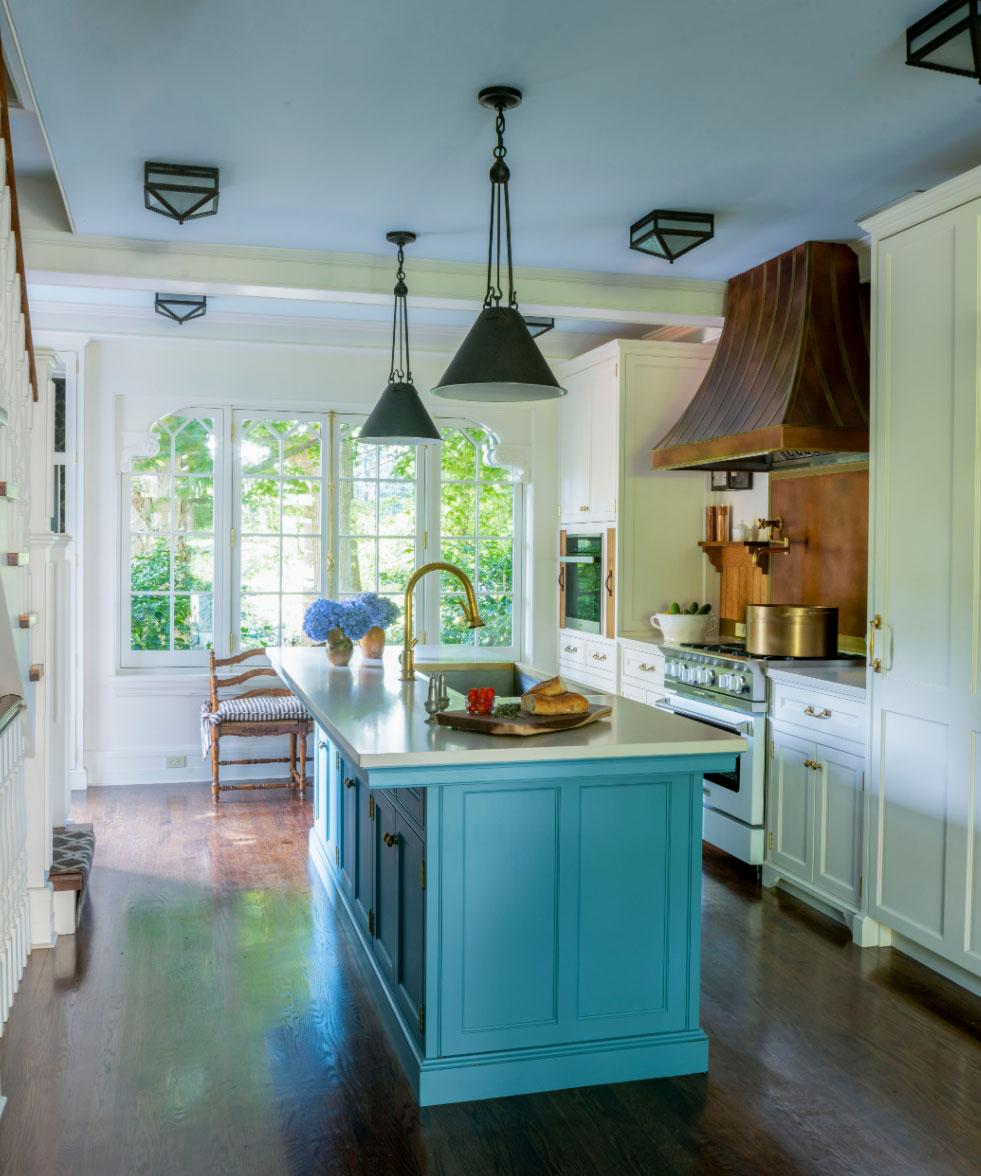
Sarah insists that taking the time to understand the needs of her clients is the key to everything. Experience has taught her how much is too much and when too little is not enough. “Not all of my clients cook,” she says. “Some use their kitchens for light entertaining or occasional large gatherings. There are different considerations for them than for aspiring and practicing chefs who really work these spaces every day.” And knowing how the spaces will be used impacts everything—from storage choices to appliance selection. “I have worked with chefs and chefs who work in the appliance industry,” she says. “I know how to practically balance investment and use.”
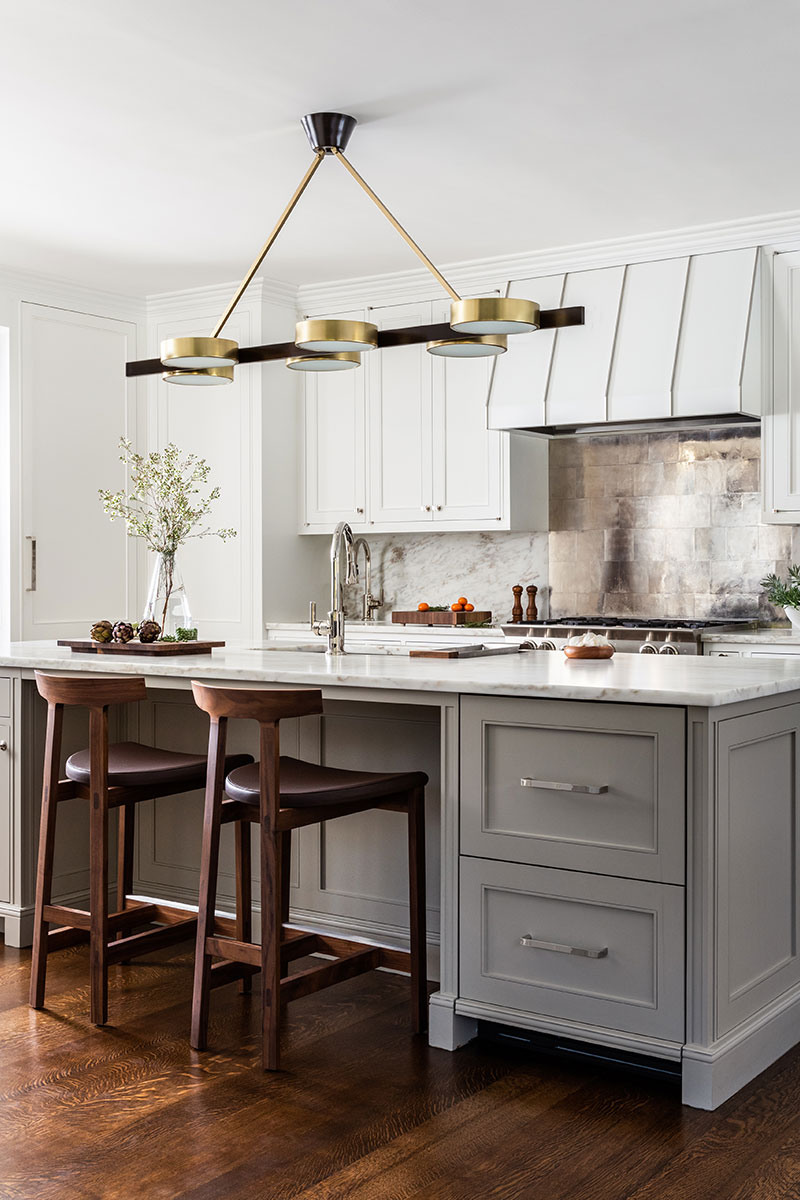

“There have been so many times people have come to me mid-project because they have concerns and want my help. If they had only come to me before the project started, we could have saved so much time and added expense. The time to say you want a kitchen designer involved is at the start when you are negotiating a contract with an interior designer or architect, so there’s no stress and bitterness, and everyone can start off pulling in the same direction.”
“Think about how much time people spend in their kitchens,” Sarah says. “It’s the epicenter, the meeting place, a natural place for conversation and bonding. The kitchen truly is the heart of the home. Which is why it’s worth investing the time and finding the right people to help make sure that it’s the right fit and works perfectly for you.”